-
 Bitcoin
Bitcoin $118600
-2.59% -
 Ethereum
Ethereum $4282
-0.42% -
 XRP
XRP $3.129
-4.21% -
 Tether USDt
Tether USDt $0.0000
0.01% -
 BNB
BNB $805.4
-1.80% -
 Solana
Solana $174.3
-5.77% -
 USDC
USDC $0.9998
-0.01% -
 Dogecoin
Dogecoin $0.2230
-6.33% -
 TRON
TRON $0.3466
1.70% -
 Cardano
Cardano $0.7745
-5.73% -
 Chainlink
Chainlink $21.37
-3.53% -
 Hyperliquid
Hyperliquid $42.93
-7.25% -
 Stellar
Stellar $0.4324
-4.94% -
 Sui
Sui $3.660
-7.17% -
 Bitcoin Cash
Bitcoin Cash $591.6
2.72% -
 Hedera
Hedera $0.2467
-7.04% -
 Ethena USDe
Ethena USDe $1.001
0.00% -
 Avalanche
Avalanche $22.92
-6.14% -
 Litecoin
Litecoin $118.8
-3.79% -
 Toncoin
Toncoin $3.378
-0.46% -
 UNUS SED LEO
UNUS SED LEO $9.011
-1.15% -
 Shiba Inu
Shiba Inu $0.00001294
-5.81% -
 Uniswap
Uniswap $11.24
0.53% -
 Polkadot
Polkadot $3.870
-6.16% -
 Cronos
Cronos $0.1662
-1.68% -
 Dai
Dai $1.000
0.02% -
 Ethena
Ethena $0.7915
-5.62% -
 Bitget Token
Bitget Token $4.414
-1.65% -
 Monero
Monero $259.3
-3.85% -
 Pepe
Pepe $0.00001120
-8.29%
How do I make payments using the Pay feature on Crypto.com?
Crypto.com Pay lets users send and receive crypto within the app, supporting various cryptocurrencies with fees shown before transaction confirmation.
Mar 28, 2025 at 12:57 am
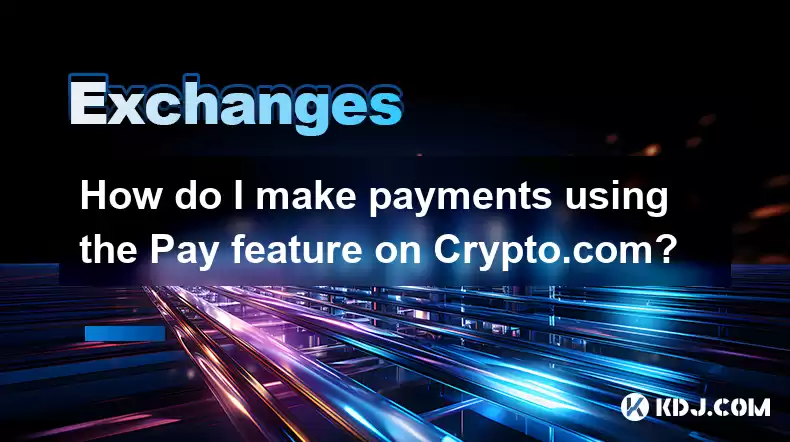
Understanding Crypto.com Pay
Crypto.com Pay is a feature within the Crypto.com app that allows users to send and receive cryptocurrency payments directly to and from other Crypto.com users. It leverages the existing Crypto.com ecosystem, offering a relatively seamless experience for those already familiar with the platform. This differs from using a traditional payment processor; it’s entirely within the Crypto.com network. Security is paramount, and the platform employs various measures to protect transactions.
Sending Crypto with Crypto.com Pay
To send cryptocurrency using Crypto.com Pay, follow these steps:
- Open the Crypto.com App: Launch the Crypto.com app on your mobile device.
- Navigate to Pay: Locate and select the "Pay" feature within the app's main menu.
- Select Recipient: Choose the recipient from your contact list or manually enter their Crypto.com username or linked email address. Ensure you have the correct recipient to avoid sending funds to the wrong person.
- Choose Cryptocurrency: Select the specific cryptocurrency you wish to send from your available balance.
- Enter Amount: Input the amount of cryptocurrency you intend to send. Double-check this amount before proceeding.
- Review and Confirm: Carefully review the transaction details, including the recipient, cryptocurrency, and amount. Confirm the transaction to proceed.
- Transaction Confirmation: You'll receive a confirmation notification once the transaction is successfully processed. This usually happens instantly, but network congestion may cause slight delays.
Receiving Crypto with Crypto.com Pay
Receiving cryptocurrency payments through Crypto.com Pay is equally straightforward:
- Ensure Profile is Set Up: Make sure your Crypto.com profile is complete and your payment details are correctly configured. This includes having a verified account and a linked email address.
- Share Your Crypto.com Pay ID: Provide your Crypto.com Pay ID (usually your username or linked email) to the sender. This is how they will identify you within the app.
- Receive Funds: Once the sender initiates the payment, you will receive a notification within the app indicating that you've received funds. Check your transaction history to confirm the successful transfer.
- Check Your Balance: After receiving the funds, verify your updated balance in your Crypto.com app to ensure the transaction was completed correctly. The funds should reflect in your account shortly.
Supported Cryptocurrencies and Fees
Crypto.com Pay supports a range of cryptocurrencies, but the exact list can change. It's crucial to check the app directly for the most up-to-date list. Generally, popular cryptocurrencies like Bitcoin (BTC), Ethereum (ETH), and the Crypto.com Coin (CRO) are usually included. Transaction fees vary depending on the cryptocurrency and network conditions. These fees are usually clearly displayed before you confirm the transaction. Always review these fees to avoid unexpected costs.
Security Considerations for Crypto.com Pay
Security is paramount when dealing with cryptocurrency transactions. Crypto.com employs several security measures to protect your funds:
- Two-Factor Authentication (2FA): Enable 2FA on your Crypto.com account for an added layer of security. This requires a second verification step beyond your password.
- Strong Password: Use a strong and unique password for your Crypto.com account. Avoid using easily guessable passwords.
- Regular App Updates: Keep your Crypto.com app updated to the latest version to benefit from the latest security patches and improvements.
- Beware of Phishing Scams: Be cautious of phishing attempts. Crypto.com will never ask for your password or private keys via email or text message.
Troubleshooting Common Issues
If you encounter problems with Crypto.com Pay, several troubleshooting steps may help:
- Check Internet Connection: Ensure you have a stable internet connection. Poor connectivity can disrupt transactions.
- Verify Recipient Details: Double-check that you've entered the correct recipient's Crypto.com Pay ID. Incorrect details will result in failed transactions.
- Check Transaction History: Review your transaction history within the app for any errors or pending transactions.
- Contact Crypto.com Support: If you continue to experience issues, contact Crypto.com's customer support for assistance. They can help resolve any problems you might encounter.
Understanding Crypto.com Pay Limits
Crypto.com Pay may have transaction limits depending on your account verification level and the specific cryptocurrency. Higher verification levels generally unlock higher limits. Check your account settings within the app for your current limits. Exceeding these limits may result in transaction failures.
Crypto.com Pay and its Integration with other Crypto.com Services
Crypto.com Pay seamlessly integrates with other Crypto.com services, enhancing its utility. For example, you can easily use your CRO balance for payments or convert other cryptocurrencies to CRO before sending. This streamlined experience makes managing your crypto assets more efficient.
Frequently Asked Questions
Q: What happens if I send crypto to the wrong recipient using Crypto.com Pay?
A: Unfortunately, once a cryptocurrency transaction is confirmed on the blockchain, it's generally irreversible. Contact Crypto.com support immediately; however, they may not be able to recover the funds. Always double-check the recipient's details before confirming any transaction.
Q: Are there any fees associated with using Crypto.com Pay?
A: Yes, there are usually network fees associated with cryptocurrency transactions. These fees vary depending on the cryptocurrency and network congestion. These fees are displayed before you confirm the transaction.
Q: How long does it take for a Crypto.com Pay transaction to be processed?
A: Generally, Crypto.com Pay transactions are processed instantly. However, network congestion can sometimes cause delays.
Q: What if I haven't received the cryptocurrency I was sent via Crypto.com Pay?
A: First, check your transaction history within the app. If it's not there, contact the sender to confirm they sent the payment and check the transaction ID. If the transaction is confirmed on the blockchain and still not showing, contact Crypto.com support.
Q: Is Crypto.com Pay secure?
A: Crypto.com employs various security measures to protect user funds, including two-factor authentication (2FA). However, it's crucial to follow best practices, such as using a strong password and being wary of phishing scams.
Disclaimer:info@kdj.com
The information provided is not trading advice. kdj.com does not assume any responsibility for any investments made based on the information provided in this article. Cryptocurrencies are highly volatile and it is highly recommended that you invest with caution after thorough research!
If you believe that the content used on this website infringes your copyright, please contact us immediately (info@kdj.com) and we will delete it promptly.
- Dogecoin, Presale, Surge: Riding the Meme Coin Wave
- 2025-08-12 11:10:12
- Dogecoin, Tron, and the ROI Reality Check: What's a Crypto Investor to Do?
- 2025-08-12 11:15:12
- Ethereum Layer-2 Scaling Competition Heats Up as ETH Breaks $4K
- 2025-08-12 10:30:12
- China Regulation, Stablecoins, and BNB Presale: Navigating the Crypto Landscape
- 2025-08-12 11:30:12
- Meme Coins, Investment, and Token Burns: What's Hot in 2025?
- 2025-08-12 10:30:12
- China's National Security Alarm Bells Ring Over Worldcoin's Iris Scans
- 2025-08-12 11:35:12
Related knowledge
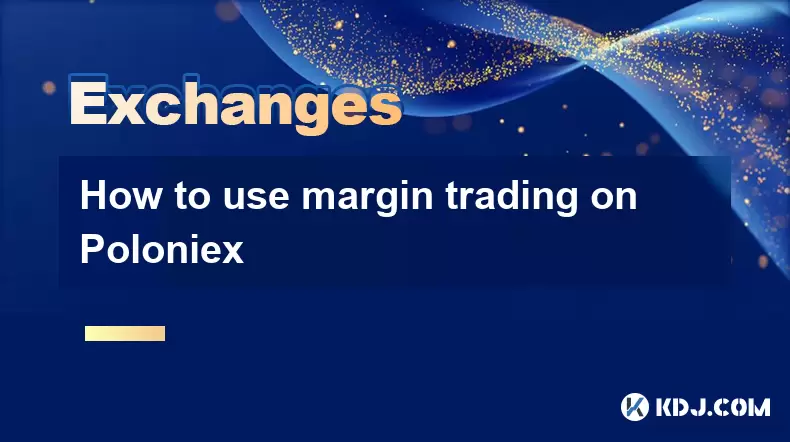
How to use margin trading on Poloniex
Aug 08,2025 at 09:50am
Understanding Margin Trading on Poloniex
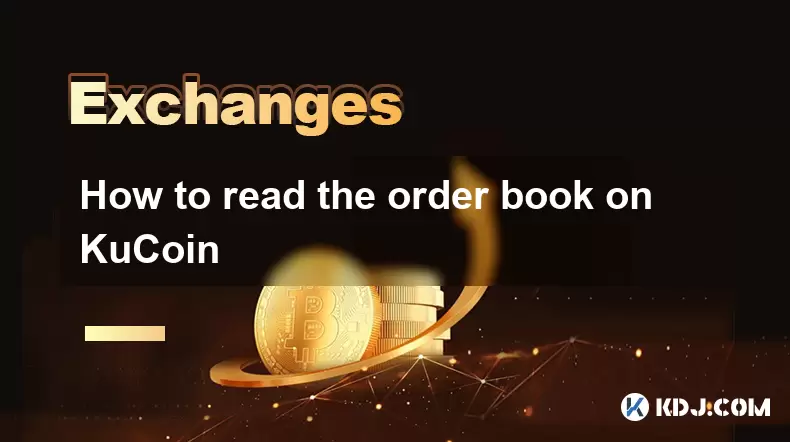
How to read the order book on KuCoin
Aug 10,2025 at 03:21pm
Understanding the Order Book Interface on KuCoinWhen accessing the order book on KuCoin, users are presented with a real-time display of buy and sell ...
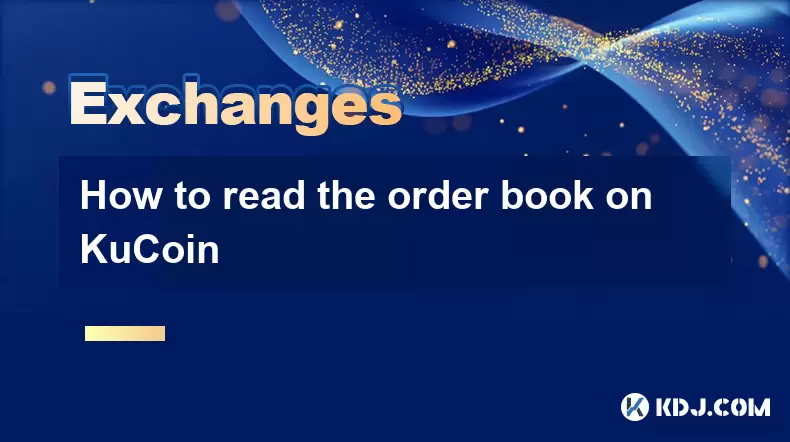
How to read the order book on KuCoin
Aug 12,2025 at 02:28am
Understanding the Basics of Staking in CryptocurrencyStaking is a fundamental concept in the world of blockchain and cryptocurrencies, particularly wi...
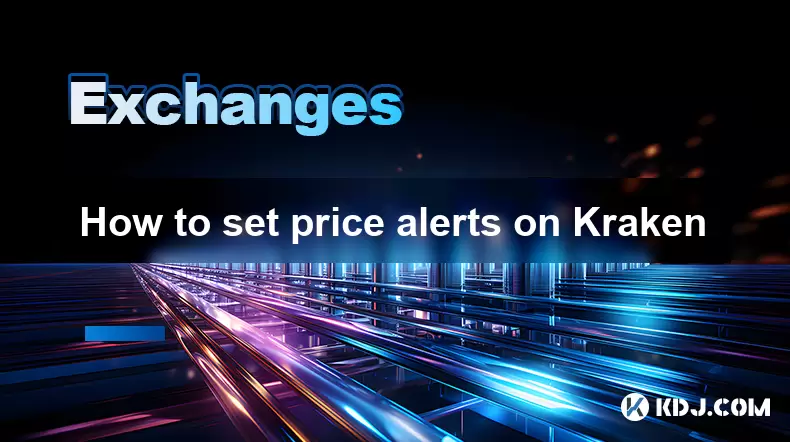
How to set price alerts on Kraken
Aug 11,2025 at 08:49pm
Understanding Price Alerts on KrakenPrice alerts on Kraken are tools that allow traders to monitor specific cryptocurrency pairs for price movements. ...
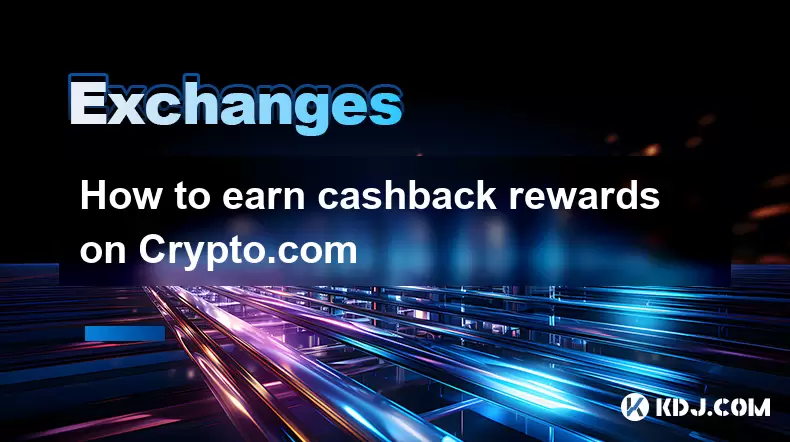
How to earn cashback rewards on Crypto.com
Aug 12,2025 at 02:08am
Understanding Cashback Rewards on Crypto.comCashback rewards on Crypto.com are a feature designed to incentivize users to spend using their Crypto.com...
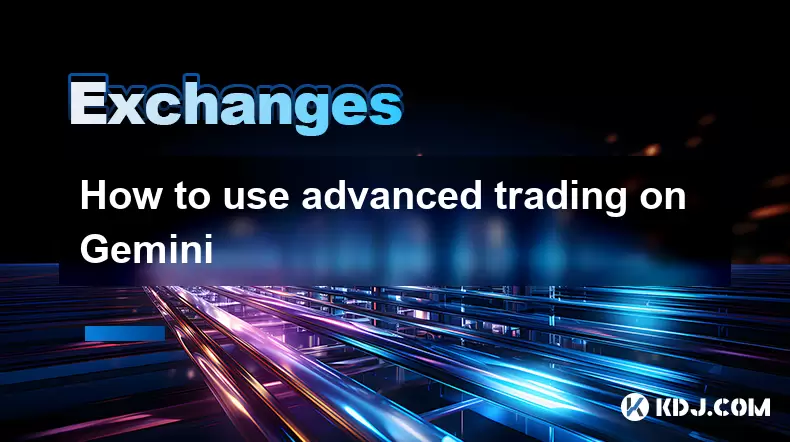
How to use advanced trading on Gemini
Aug 08,2025 at 04:07am
Understanding Advanced Trading on GeminiAdvanced trading on Gemini refers to a suite of tools and order types designed for experienced traders who wan...

How to use margin trading on Poloniex
Aug 08,2025 at 09:50am
Understanding Margin Trading on Poloniex

How to read the order book on KuCoin
Aug 10,2025 at 03:21pm
Understanding the Order Book Interface on KuCoinWhen accessing the order book on KuCoin, users are presented with a real-time display of buy and sell ...

How to read the order book on KuCoin
Aug 12,2025 at 02:28am
Understanding the Basics of Staking in CryptocurrencyStaking is a fundamental concept in the world of blockchain and cryptocurrencies, particularly wi...

How to set price alerts on Kraken
Aug 11,2025 at 08:49pm
Understanding Price Alerts on KrakenPrice alerts on Kraken are tools that allow traders to monitor specific cryptocurrency pairs for price movements. ...

How to earn cashback rewards on Crypto.com
Aug 12,2025 at 02:08am
Understanding Cashback Rewards on Crypto.comCashback rewards on Crypto.com are a feature designed to incentivize users to spend using their Crypto.com...

How to use advanced trading on Gemini
Aug 08,2025 at 04:07am
Understanding Advanced Trading on GeminiAdvanced trading on Gemini refers to a suite of tools and order types designed for experienced traders who wan...
See all articles

























































































